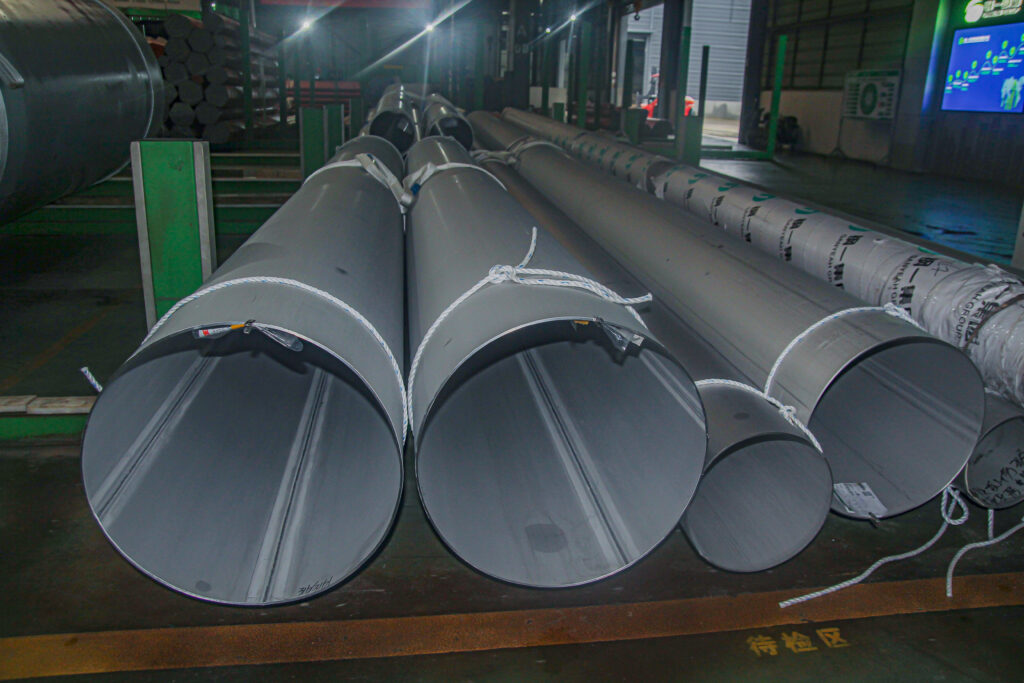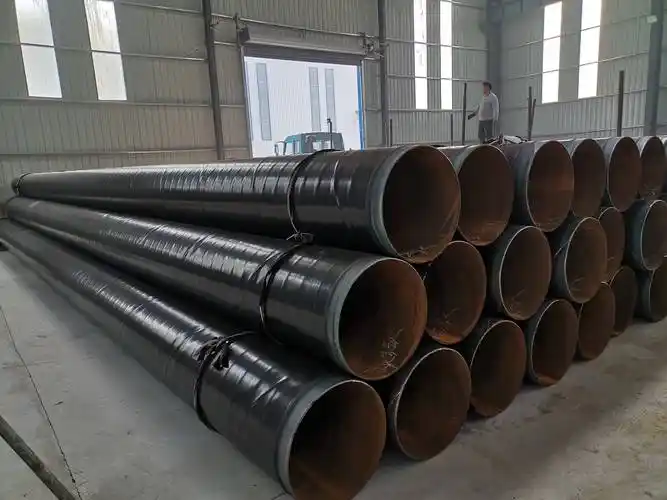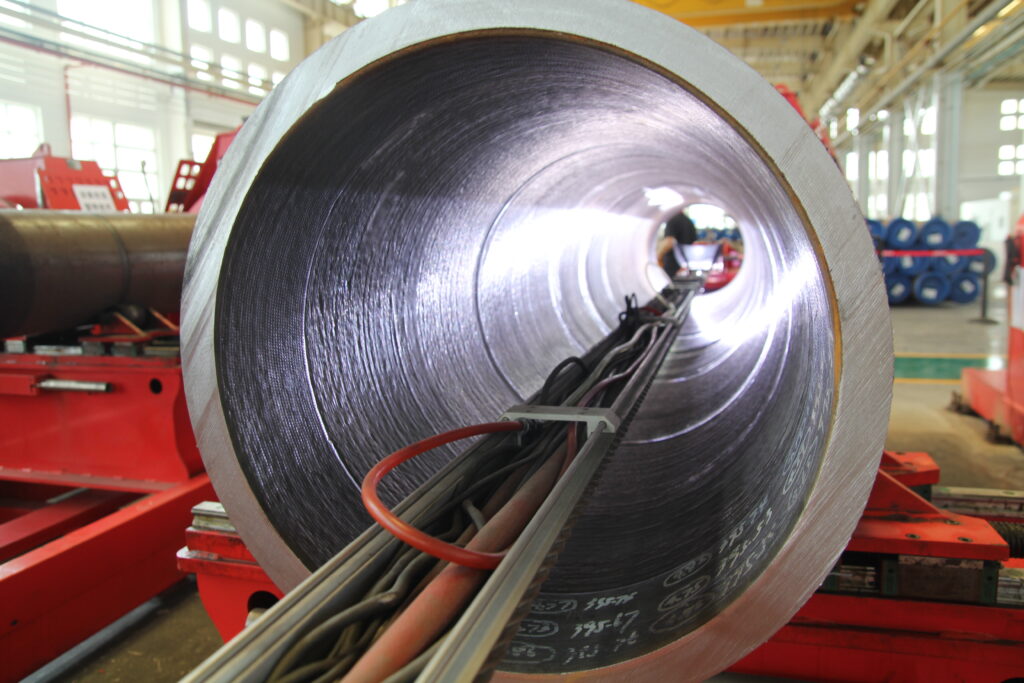Stainless Steel Pipe vs Coated Pipe vs Clad Pipe: How to Choose the Right Solution
In industries such as oil & gas, petrochemical, power generation, and water treatment, selecting the right pipeline material is critical for safety, reliability, and cost efficiency. Corrosion, high temperature, and aggressive media present major challenges. To mitigate these issues, three main solutions are widely adopted: stainless steel pipe, coated pipe, and clad pipe. Each has its own advantages, limitations, and applicable standards. Understanding when to use each option is essential for project success.
When to Use Stainless Steel Pipe
Stainless steel pipes (full CRA pipes) are made entirely from corrosion resistant alloys (CRA), such as 304L, 316L, 904L, duplex stainless steels, or nickel alloys.
Typical Applications
High chloride environments: seawater injection lines and cooling water systems (as recommended in NORSOK M-601 and API RP 14E).
Highly corrosive chemicals: sulfuric acid, hydrochloric acid, and strong oxidizing fluids.
High-temperature & high-pressure services: steam lines, boiler tubes, and refinery heaters where both corrosion resistance and creep strength are required.
Hygienic applications: food, beverage, pharmaceutical, and potable water systems, where standards like EN 10217-7 require stainless steel to avoid contamination.

Stainless Steel Pipes
Why Choose Stainless Steel Pipe?
Maximum corrosion resistance.
Long service life in aggressive environments.
Compliance with strict hygiene or process standards.
When to Use Coated Pipe
Coated or lined pipes rely on protective external or internal layers applied to carbon steel substrates. These coatings provide corrosion protection at relatively low cost.
Common Types of Coatings & Linings
External coatings: 3LPE, 3LPP, and FBE for buried pipelines (ISO 21809, CSA Z245.20).
Internal linings: epoxy, rubber, glass-fiber, or cement mortar (e.g., AWWA C205, ISO 4179).
Typical Applications
Buried transmission pipelines: oil, gas, or water pipelines where soil corrosion must be controlled.
Municipal water systems: cement mortar lined pipes for drinking water or sewage lines.
Mild oil & gas environments: carbon steel with internal epoxy lining can be used if CO₂ and H₂S levels are within safe limits, as defined in NACE MR0175.
Limitations of Coated Pipe
If coating is damaged, localized corrosion (pitting) may quickly lead to failure.
Not suitable for extremely aggressive fluids or high mechanical wear.

3PE anti-corrosion coating pipes
When to Use Clad Pipe
Clad pipes combine the strength and cost-effectiveness of carbon steel with the corrosion resistance of a CRA layer. The CRA layer can be applied by weld overlay cladding (GTAW, GMAW, SAW, PTAW) or roll-bonding.
Typical Applications
Sour service pipelines: high H₂S/CO₂ + chlorides environments, often using Alloy 625 or 316L clad layers (API 5LD).
Subsea pipelines and risers: exposed to seawater and sour fluids, requiring metallurgically bonded CRA layers (DNV-ST-F101).
Refineries & chemical plants: high-temperature, sulfur-containing fluids in hydrocrackers and reactors.
Why Choose Clad Pipe?
Significant cost savings compared to full CRA pipes.
Reliable corrosion resistance in severe environments.
Long service life in offshore and refinery applications.

Overlay Cladding Pipes
Industry Standards and Guidelines
The selection of stainless steel, coated, or clad pipe is often driven by international standards and end-user specifications:
API 5LD – Specification for Clad and Lined Steel Pipe.
NACE MR0175 / ISO 15156 – Materials selection for sour service.
DNV-ST-F101 – Submarine pipeline systems.
NORSOK M-601 – Welding and materials specification for offshore projects.
AWWA C205 / ISO 4179 – Standards for lined pipes in water systems.
Choosing the Right Pipe Solution
Stainless Steel Pipe → Best for highly corrosive, high-temperature, or hygienic applications.
Coated Pipe → Economical solution for buried pipelines and mild corrosion conditions.
Clad Pipe → Ideal for severe corrosion environments where cost control is critical.
FNS Pipeline specializes in delivering high-quality CRA pipes, weld overlay clad pipes, and coated pipes tailored to oil & gas, petrochemical, and power industries. With over 20 years of expertise, strict quality control, and material traceability, we ensure long-term reliability for your critical pipelines.
Contact FNS Pipeline today to discuss your project needs and get the most cost-effective, corrosion resistant pipeline solution.


